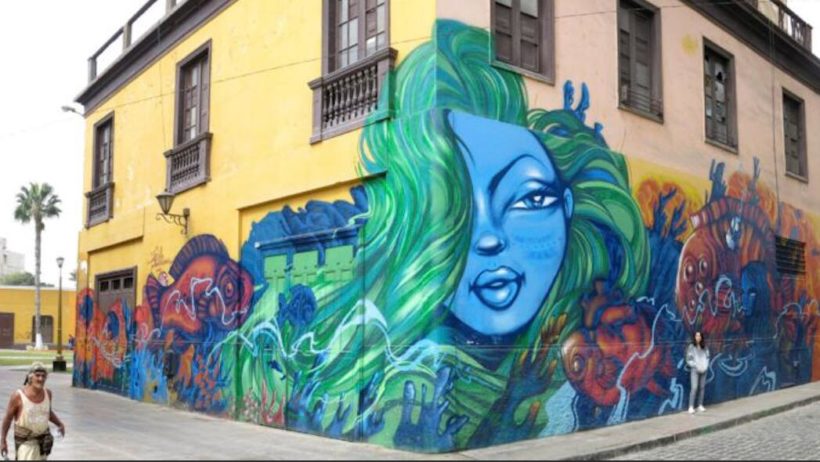After the Spanish conquest of Paraguay in the 16th century, a popular art was created by the country’s masturbation population. In the encounter with Spanish art, wood sculptures were made, for example popular saintly works. In the 18th century, the Jesuit priests’ missionary activities gave rise to a new religious art, characterized by the craftsmen of the Guarani people. A large number of polychrome sculptures were made, with models in European Baroque. Painting was often combined with sculpture in altarpieces.
After independence in 1811, the country was isolated from the rest of the world, which provided the basis for a colorful folk art. Later, the influence of European art is felt in a number of public monuments and neoclassical portraits. During the Triple Alliance War, 1865-1870, three-section illustrations were published in newspapers such as El cabichui and El sentinela. Towards the end of the 19th century, the influence of Italian and French art and from about 1910 French impressionism is noticeable.
From 1920 the influence of post-impressionist art is seen with prominent representatives such as Jaime Bestard and Wolf Bandurek. Modernism made its entrance with the group Arte Nuevo, formed in 1954, which was inspired by Latin American avant-garde movements. Among the group’s leading artists were Josefina Plá, Lili del Monico, Olga Blinder and Jose Laterza Parodi. The 1950s were characterized by cubism, expressionism, art deco, Mexican mural and various elements of American culture, from the end of the decade also abstract art. Graphic artist Livio Abramo highlighted Paraguayan graphics with his geometric work.
In the 1960s, the country’s art was influenced by developments in Argentina and Brazil. The group Los Novisimos, formed in 1964, worked in everything from pop art, constructivism and abstract art as well as recent figurative art. Members include Jose A. Pratt, Enrique Careaga, William Riquelme and Angel Yegros. Towards the end of the 1960s, the Neofiguracion movement marked its political involvement. Carlos Colombino developed the xylopintura technique in his works (cut plywood, stained with oil or oil). William Riquelme, Bernardo Krasniansky and Ricardo Migliorisi worked mainly on satirical and humorous portrayals.
From the mid-1970s a new figurative movement emerged Re-Figuracion, with Miguel Heyn, Mabel Arcondo, Osvaldo Salerno, Bernardo Krasniansky, Luis Alberto Boh and Susana Romero (who performed a variety of expressive polyps in the 1980s ). Hugo Pistelli is known for his schematic, linear iron figures; Guggiari’s sculptures are characterized by dramatic expressions in abstract forms.

